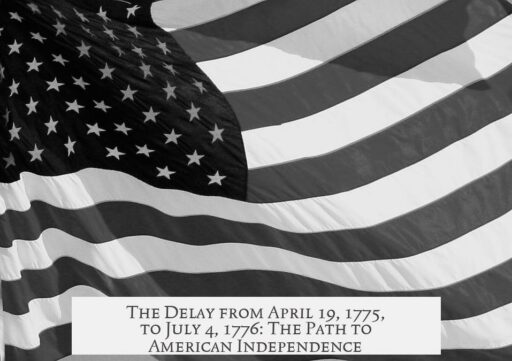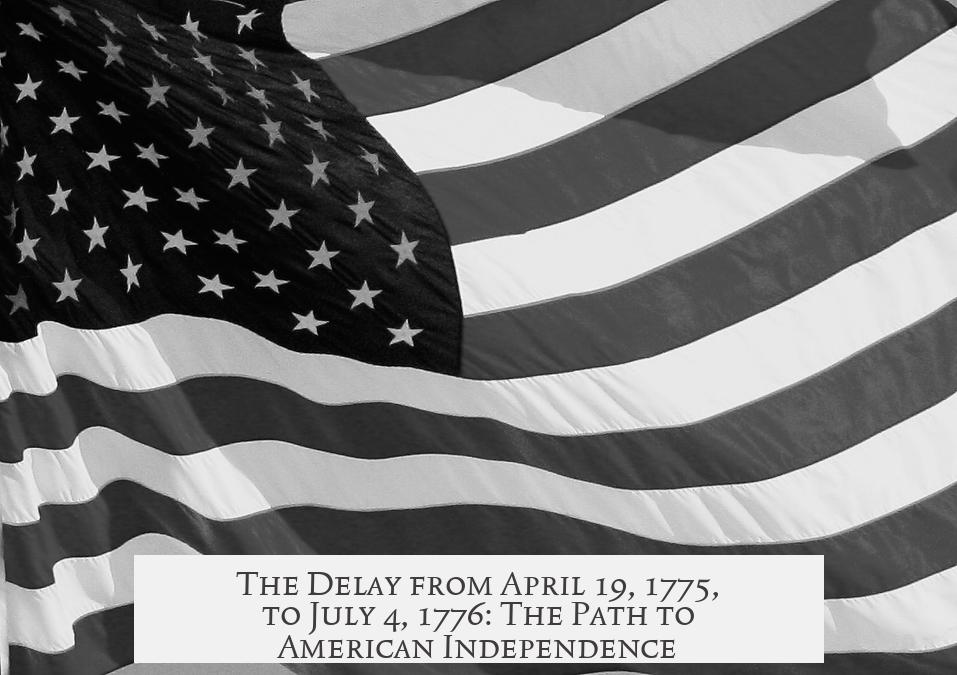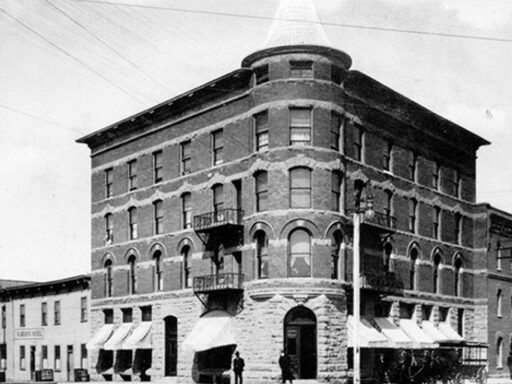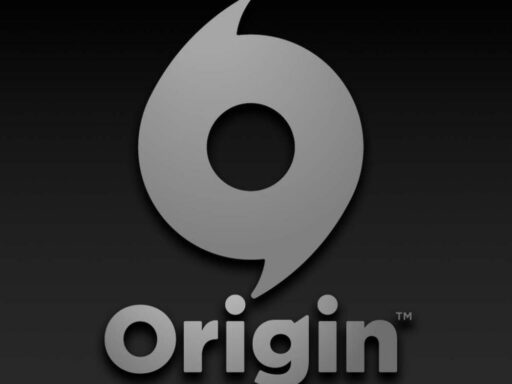The American Revolution began on April 19, 1775, with the battles of Lexington and Concord, marking the first armed clashes between colonial militias and British forces. However, Congress waited until July 4, 1776, to proclaim independence because the initial goal was not outright separation. Instead, colonial leaders sought to address grievances while hoping for reconciliation with Britain.
The Revolutionary War did not start with a clear plan for independence. Early colonial resistance grew gradually. The Boston protests and British reprisals escalated tensions but did not immediately push the colonies to declare independence. The conflict unfolded as a series of reactions and attempts to negotiate, rather than a pre-planned campaign for nationhood.
In 1774, before fighting began, the First Continental Congress sent a petition to King George III, requesting the repeal of the Intolerable Acts. This petition was ignored, but many colonists still hoped for a peaceful resolution. After the outbreak of hostilities in 1775, Congress continued efforts to avoid full separation. John Dickinson of Pennsylvania drafted the Olive Branch Petition in July 1775, appealing once again for reconciliation. Congress authorized military actions, such as the invasion of Canada, but still sought to restore peace within the British Empire.
Unfortunately, the British government, supported by the King, dismissed these efforts and resolved to crush the rebellion. At this point, some colonists realized that reconciliation was unlikely and began pushing for independence. However, it took time for the majority of colonial representatives to support a full break. By mid-1776, sentiment had shifted sufficiently for Congress to draft and adopt the Declaration of Independence.
| Date | Event | Significance |
|---|---|---|
| April 19, 1775 | Battle of Lexington and Concord | First armed conflict; start of the war but no formal independence |
| July 5, 1775 | Olive Branch Petition | Last colonial petition for peace to the King |
| July 4, 1776 | Declaration of Independence adopted | Formal proclamation of American independence |
| Nov 15, 1777 | Articles of Confederation approved | Creation of first national government framework |
| Oct 19, 1781 | Surrender at Yorktown | Decisive military victory signaling end of major fighting |
April 19, 1775, is not viewed as the primary national founding date because it marks the start of armed conflict rather than the birth of the United States as a political entity. This battle symbolized the outbreak of hostilities, but the colonies were still part of the British Empire and sought to negotiate terms. The national government did not yet exist, and formal independence was far from assured.
In contrast, July 4, 1776, represents the moment the colonies formally declared independence through the adoption of the Declaration of Independence. This document announced their separation and established the ideological foundation of the new nation. It became a symbol of unity and purpose for the colonies and is celebrated as the birth of the United States.
Other important dates underline the incremental development of the American nation. The Articles of Confederation, approved in late 1777, created a structured national government. The 1781 surrender at Yorktown effectively ended large-scale fighting, leading to British recognition of American independence in the Treaty of Paris (1783).
April 19 is remembered principally as the day the Revolutionary War began, not the nation. The conflict itself lasted years, with many milestones contributing to the independence process. The focus on July 4 centers on the formal political declaration and the shared identity it forged among the colonies.
- The Revolution started with conflict on April 19, 1775, but was initially a fight for rights within the British Empire.
- Continental Congress persisted in seeking peace through petitions even after fighting began.
- Declaration of Independence on July 4, 1776, marked a formal, unified break from Britain.
- April 19 is less commemorated as it symbolizes war’s start, not nationhood.
- Nation-building continued with Articles of Confederation in 1777 and military victories like Yorktown.
If the American Revolution started April 19, 1775, why did Congress wait until July 4, 1776 to proclaim independence? Why is April 19 not viewed as a significant date in US history?

The American Revolution began on April 19, 1775, with the battles of Lexington and Concord, but Congress waited until July 4, 1776, to proclaim independence because the Revolution was a gradual process rather than a single event, and early efforts focused on reconciliation, not outright rebellion.
Think about it. If the Revolution had been a Hollywood movie, you’d expect a big bang from the start. Instead, it unfolds more like a slow simmer, with colonial resistance growing steadily until there was no turning back. That’s key to understanding why April 19 doesn’t shine as a national independence day.
The clashes on April 19 were the first open shots fired, signaling that peaceful agreements were fracturing. Colonists were fed up with British policies but didn’t immediately demand independence. The idea of forming a new nation took time to solidify.
Gradual escalation towards independence
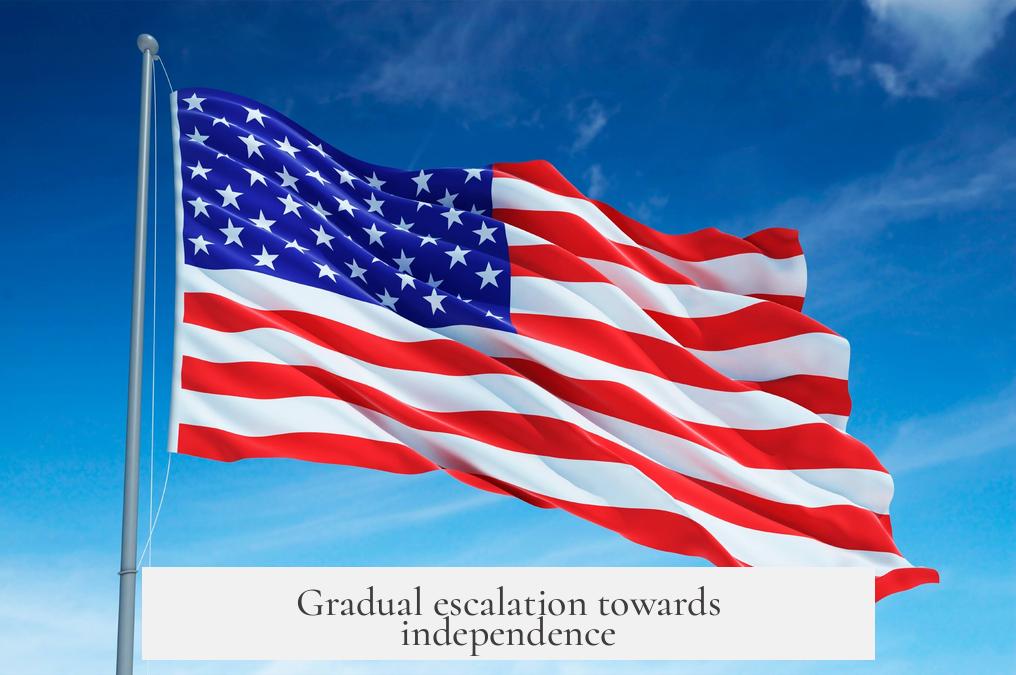
From the get-go, the colonists didn’t march toward independence with battle flags waving and scripts ready. The early resistance, especially in Boston, was about pushing back on British taxes and laws, not about declaring a new country. Words like “liberty” and “freedom” roamed the streets, but the revolution itself simmered over years.
It wasn’t a planned coup but an escalation: protests, petitions, occasional violence. That early chaos showed a growing divide but not a birth scene. The founders were still figuring out what to do next, and independence was only one option on the table.
The Continental Congress’ balancing act
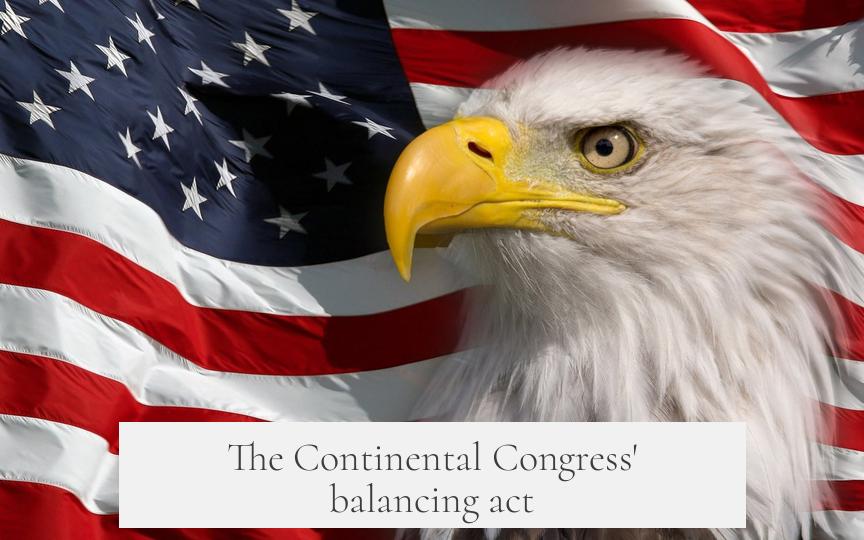
Now, here’s a curious part: even after shots were fired on April 19, the Continental Congress kept wearing the “peace advocate” hat for quite a while. In 1774, before first blood, Congress sent the King a polite (well, as polite as possible then) petition asking him to repeal the Intolerable Acts.
This request basically said, “Hey, let’s stay cool and fix the mess.” But King George III either pretended not to see it, or ignored it outright. Ben Franklin thought the letter might not have even been read thoroughly. Ouch.
Fast forward to July 1775—yes, that’s after war started—the Congress was still hopeful. John Dickinson, one of the more peace-minded members, helped draft the Olive Branch Petition. This final peace offer said, “We don’t want to fight; let’s find a way to reconcile.”
Alas, by then, Britain had steered its ship firmly toward crushing the rebellion, not negotiating. The King and Parliament viewed the uprising as treasonous. Diplomatic doors slammed shut.
So why July 4, 1776?
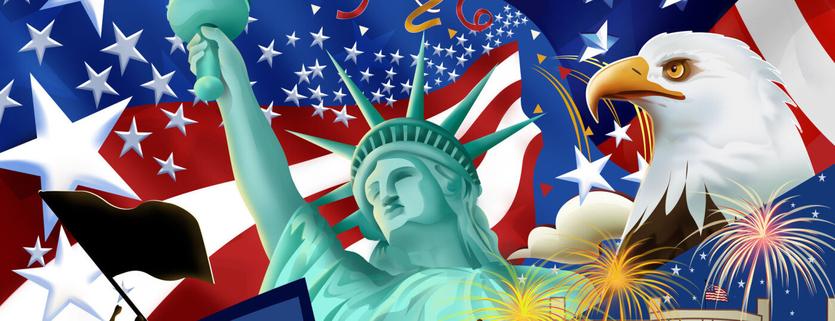
This date marks the official adoption of the Declaration of Independence. It was *the* moment Congress formalized the break. That’s why we celebrate July 4. It’s the birthday of the new nation in clear, undeniable terms.
Before then, independence buzzed and floated around but wasn’t embraced by all. Many colonists still hoped for peace with the crown. There was no unified declaration until July 1776. Choosing a single day to mark independence simplified a complicated timeline.
The Revolution involves many dates worth noting: The surrender at Yorktown in 1781 sealed victory, while the Articles of Confederation in 1777 laid the groundwork for the national government. Each step built America piece by piece.
Why isn’t April 19 treated like July 4?
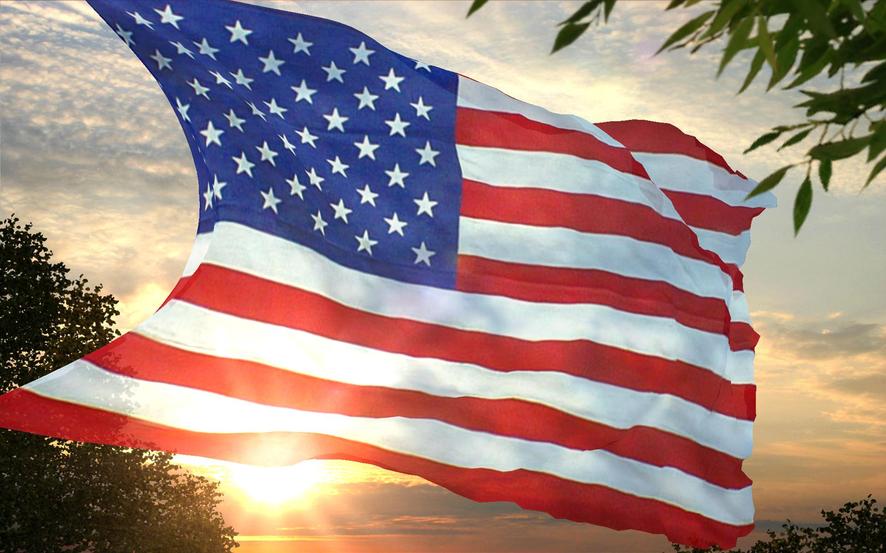
April 19 marks the outbreak of armed conflict — the start of fighting — not the creation of a country. It’s a clash and a crisis, not a celebration. Plus, the Congress itself did not call for independence for another 15 months afterward.
It wouldn’t be accurate or fair to call April 19 the nation’s birthday because, at that stage, no nation had actually been born. The colonies were still British subjects in rebellion, not an independent government. In fact, a national government came much later, when the Articles of Confederation were ratified in 1777.
April 19 symbolizes the breaking point—where patience ran out and war began. But it does not mark the moment America declared to be “We are free.”
Putting it all together: A story, not a snapshot
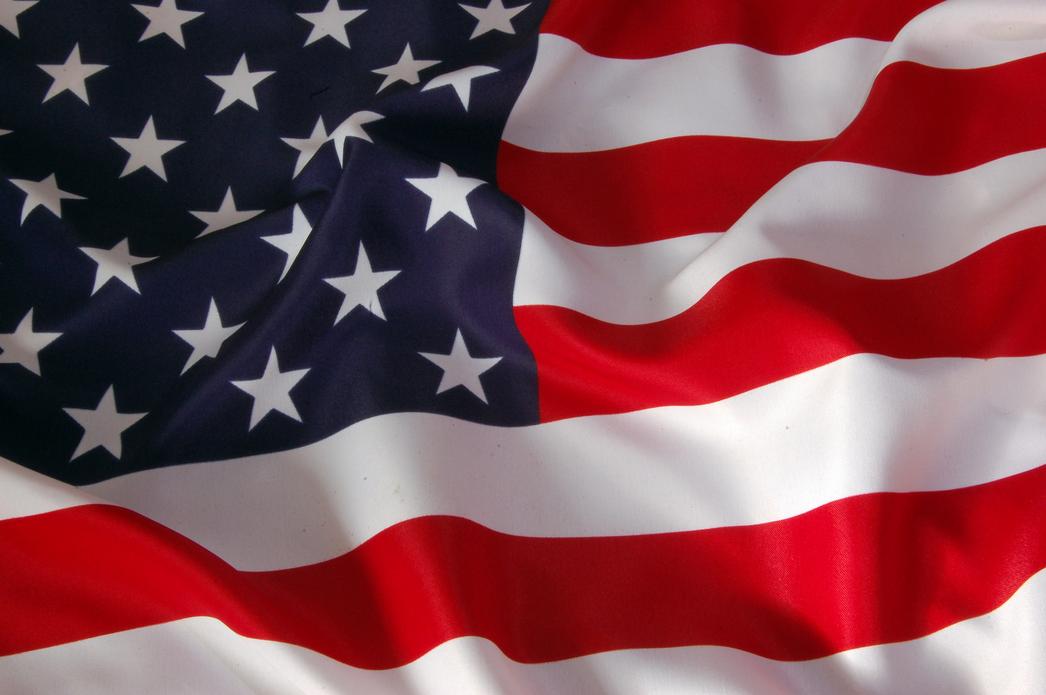
History isn’t a single frame in a movie. The American Revolution is a story told in many chapters:
- April 19, 1775: Shots fired — a breaking point, not a declaration.
- 1774 and 1775: Petitions and pleas — colonists seeking peace.
- July 4, 1776: Declaration adopted — formal independence declared.
- November 15, 1777: Articles of Confederation — the nation begins governing itself.
- 1781 Yorktown: War won — independence secured through victory.
Each date highlights important moments on the road to a nation. April 19 is the opening scene, July 4 the headline act.
Why does this matter now?
Understanding this timeline helps us appreciate how revolutions unfold—not like instant fireworks, but like slow engines revving up. It reminds us that nation-building is messy and complex.
So next time someone asks why we don’t celebrate April 19 as Independence Day, you’ve got a great story to tell. It’s the launch of a fight, not the birth of a nation.
This rich historical context enriches our appreciation for July 4 and for the many steps along the way to American independence.
